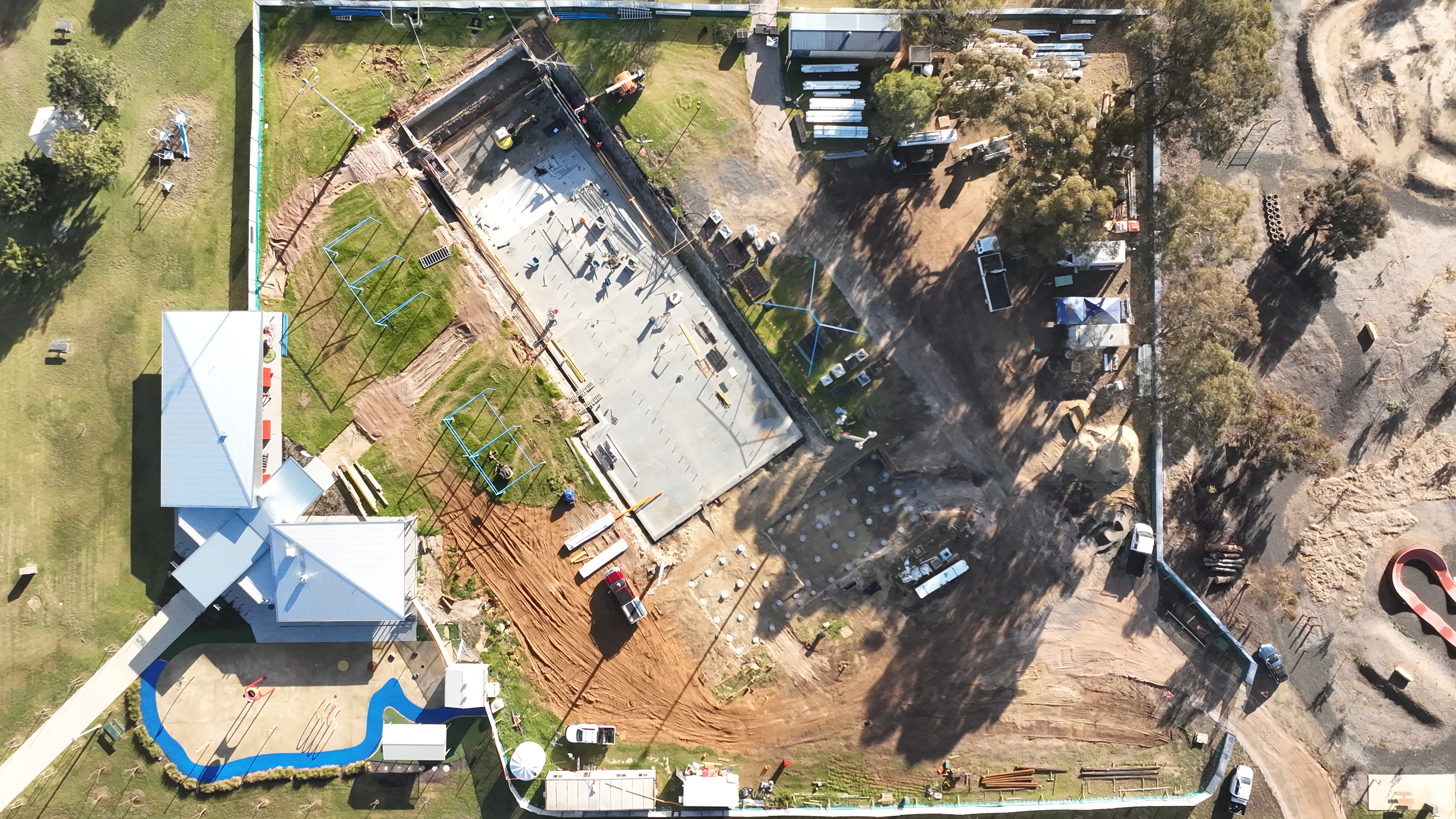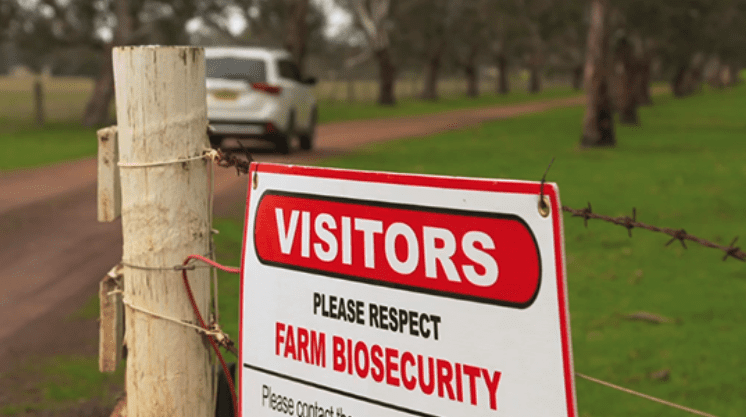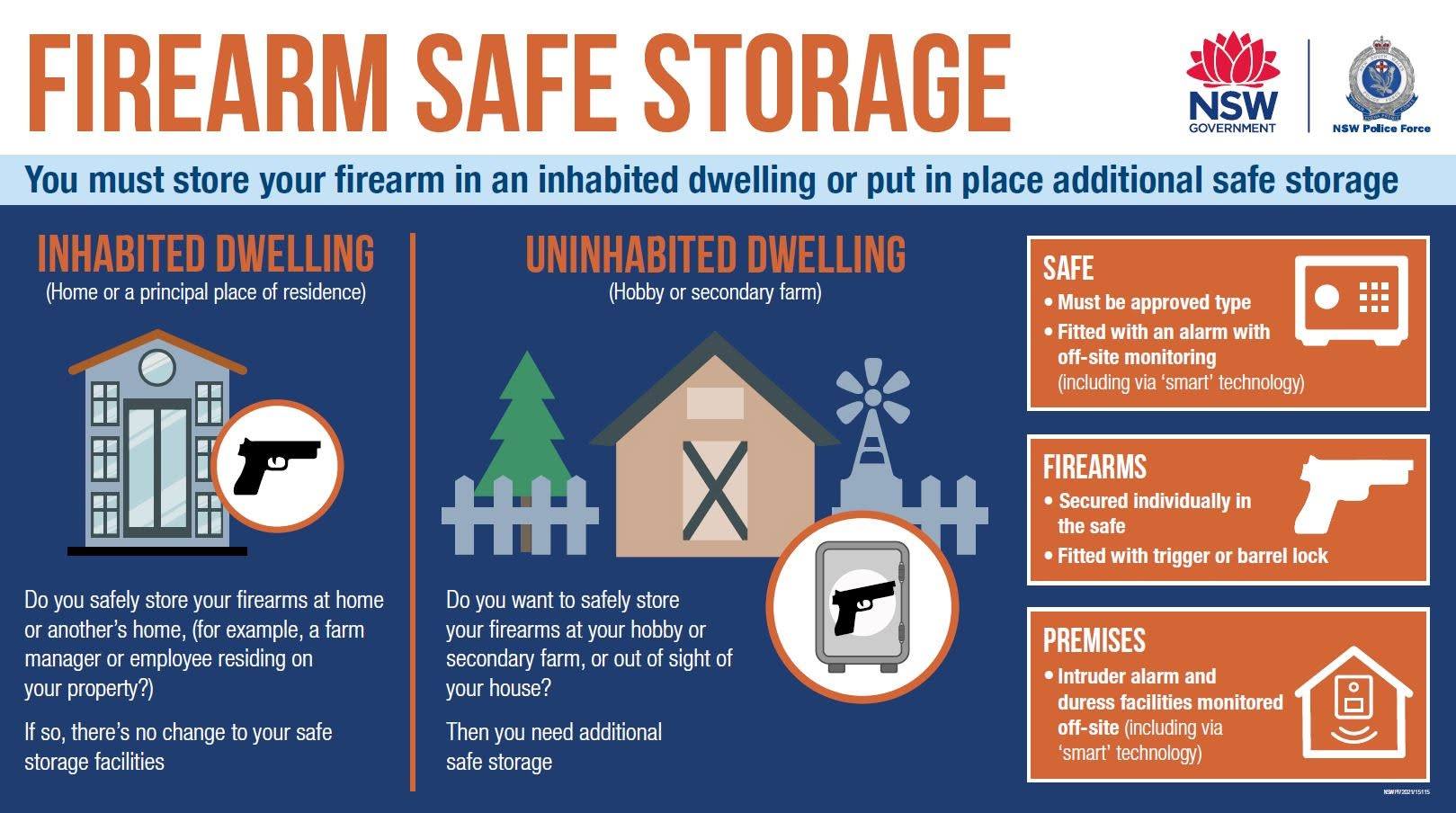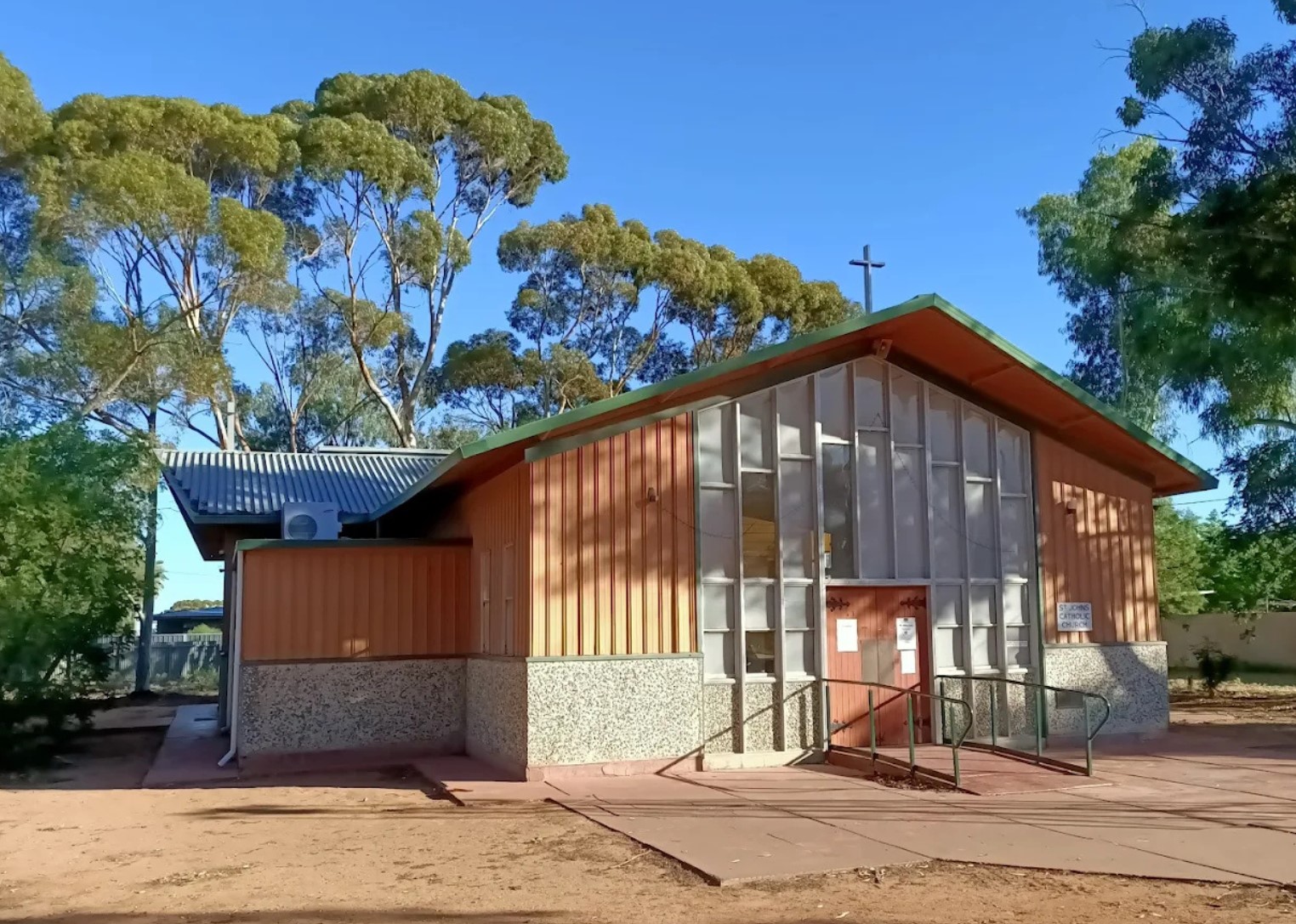Staying connected when there's no tower in sight
Kimberly Grabham
11 July 2025, 11:00 PM
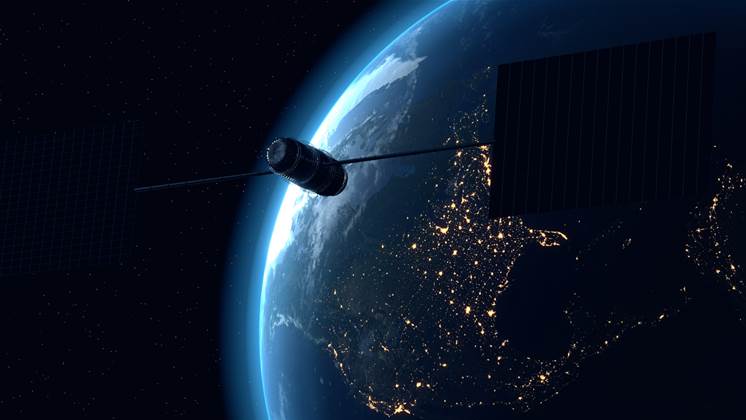
Picture this: you're out checking the back paddock, kilometres from the nearest mobile tower, when your phone buzzes with a text message. Not from a satellite phone or special device, but from your regular iPhone or Samsung, somehow managing to reach up to space and back down to deliver that simple "all good here" message to your worried family.
This isn't science fiction anymore – it's Telstra's satellite-to-mobile technology, and it's quietly revolutionising how rural Australians stay connected in those dead zones we all know too well.
What exactly is satellite-to-mobile?
The technology does exactly what it says on the tin: when your phone can't find a mobile tower, it can now reach up to satellites orbiting overhead to send and receive text messages. It's like having a backup plan written in the stars – literally.
The folks at BIRRR (Better Internet for Rural, Regional and Remote Australia) have been testing this technology extensively, and their findings show just how much of a game-changer this could be for anyone who's ever stood on a hill waving their phone around, hoping for just one bar of coverage.
Getting set up: what you need to know
Before you start imagining seamless connectivity everywhere, there are a few boxes to tick first.
You'll need one of the compatible handsets – currently that's any iPhone 13, 14, 15 or 16, or one of the new Samsung Galaxy S25 series devices.
Your software needs to be up to date, and you'll need to be on an eligible Telstra plan (consumer and small business Upfront Mobile Plans, not prepaid).
For iPhone users, there's an extra step: updating your carrier settings. Head to Settings > General > About, and if a service provider settings update pops up, hit update. You'll know you're sorted when your Service Provider shows as "Telstra 64.1".
The reality of satellite texting
Here's where expectations meet reality, and it's important to understand what you're working with.
This isn't your usual instant messaging experience. You need a completely clear line of sight to the sky – no sitting in the ute, no texting from inside the house, and definitely no coverage if you're under a canopy of trees.
The technology works with text messages and emojis only. Photos, attachments, and voice calls are off the table. And patience becomes your best friend – messages can take up to 10 minutes to send or receive, sometimes longer.
As one BIRRR tester put it: "It's not about speed; it's about possibility." When you're genuinely cut off from the world, having any way to get a message through can make all the difference.
What it can't do (yet)
There are some important limitations to keep in mind. You can't contact emergency services via satellite text in Australia – that's still a job for your satellite EPIRB or traditional emergency communications.
Voice calls aren't possible either, and there's no way to force your phone into satellite mode; it happens automatically when there's no mobile coverage.
Don't toggle on aeroplane mode either – that defeats the whole purpose by switching off all your communication functions.
Why this matters for rural Australia
For anyone who's lived or worked in truly remote areas, the significance of this technology goes beyond convenience.
It's about safety, peace of mind, and maintaining those vital connections that keep families and communities together.
Sarah, a station manager from western Queensland, tested the technology during a recent mustering trip.
"Just knowing I could get a message to my husband that we were running late – that's huge," she said. "It's not about being constantly connected; it's about being able to connect when it really matters."
The technology is still in its early stages, and coverage will continue to improve.
But for rural Australians who've long accepted that stepping off the beaten track means stepping off the grid, satellite-to-mobile represents something new: the possibility of staying connected, even when you're truly in the middle of nowhere.
Looking ahead
As more compatible devices become available and the technology continues to develop, satellite-to-mobile could become as routine as checking the weather app.
For now, it's a promising start to solving one of rural Australia's longest-standing challenges.
For those interested in learning more about satellite-to-mobile technology and staying updated on developments, BIRRR's website at birrraus.com provides comprehensive information and testing updates from real rural users.
The future of staying connected in remote Australia is looking up – quite literally.
NEWS
SPORT
RURAL
COMMUNITY
JOBS
VISIT HAY

